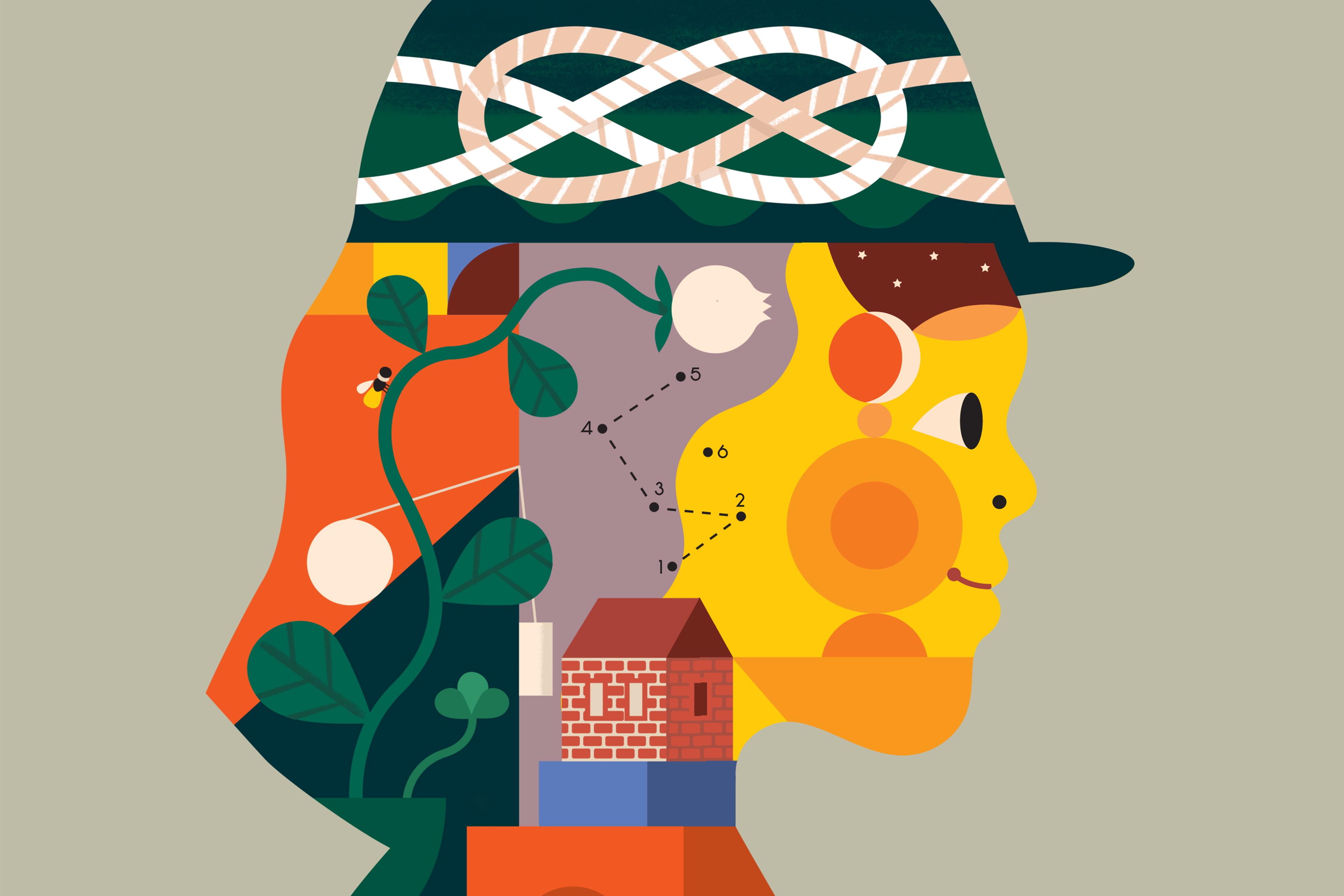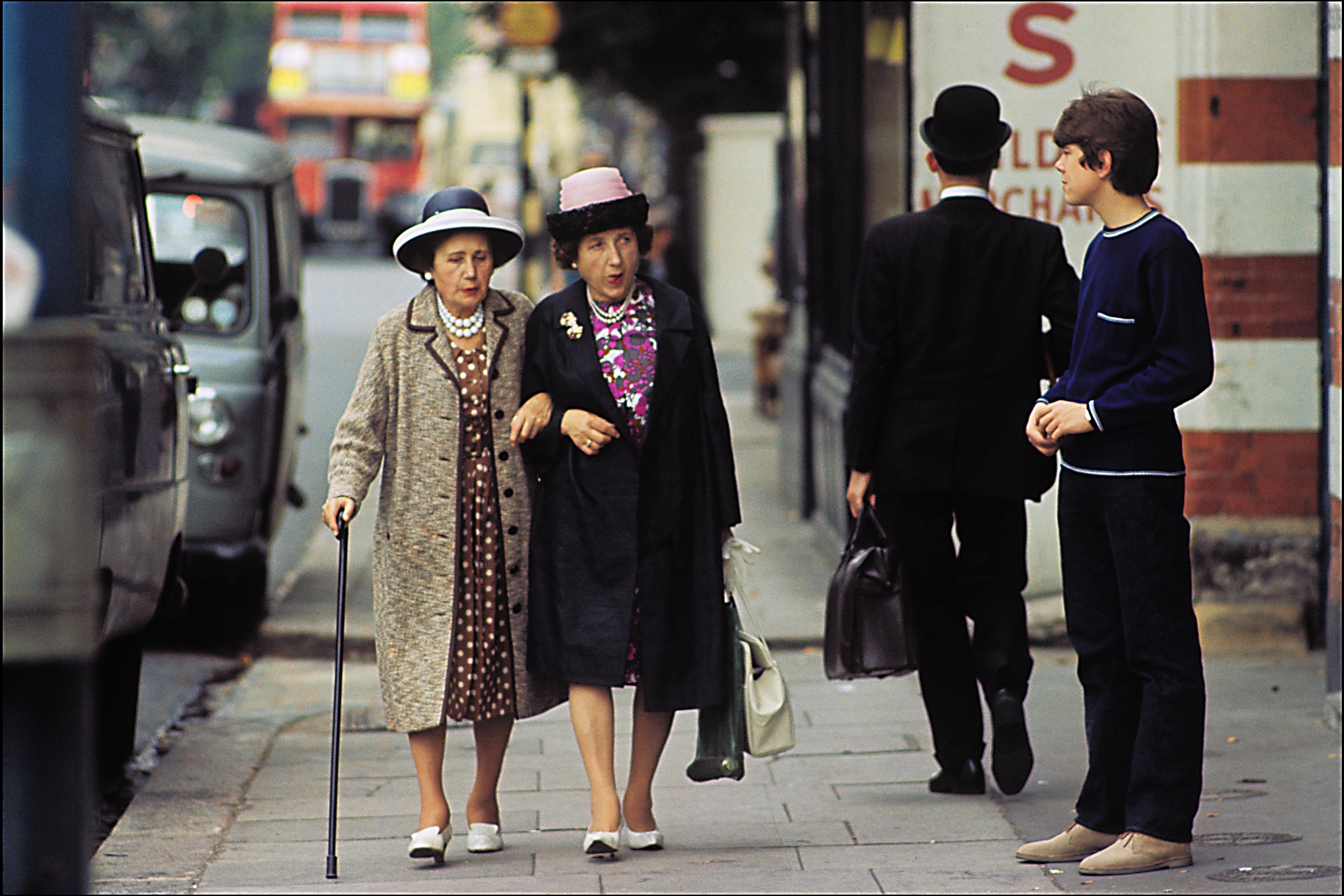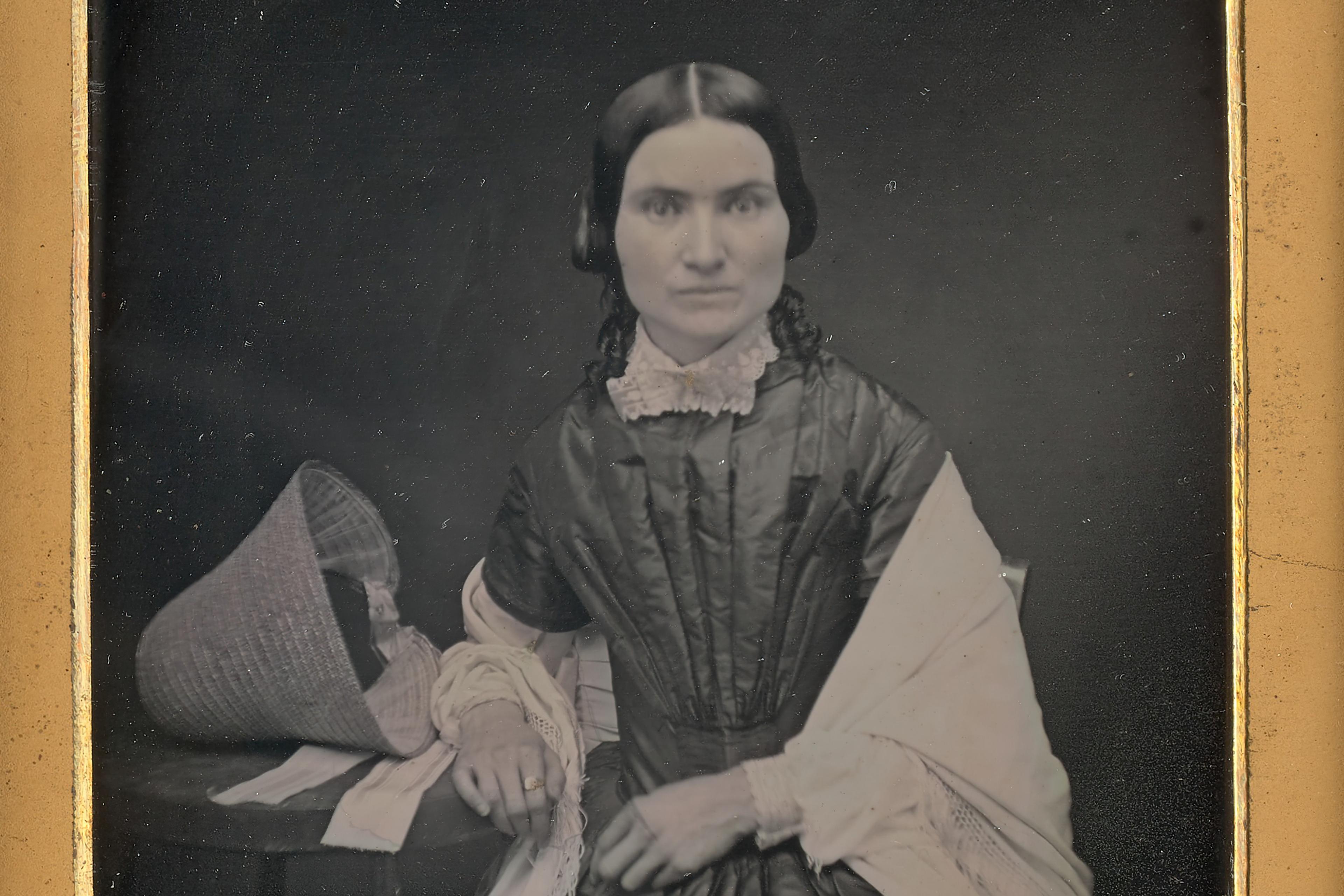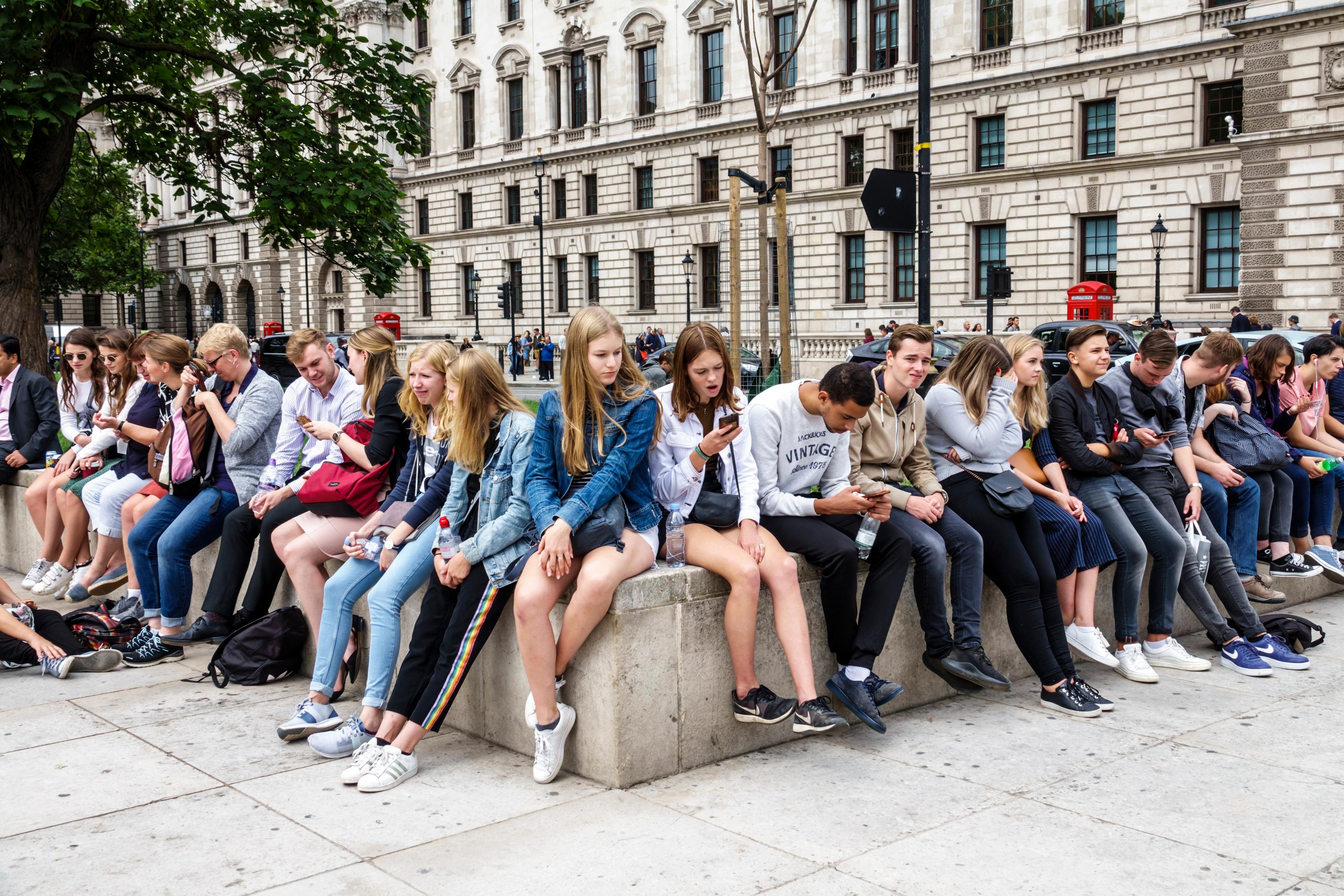In Metamorphoses, the ancient Roman poet Ovid describes the Thespian hunter Narcissus, whose own beautiful reflection in a pool captivated him in place until he died. This warning against vanity and excessive self-love made his name eponymous with a personality trait – narcissism. Two thousand years later, there are growing and persistent concerns in the West that, like Narcissus, the younger generations in society are becoming increasingly self-absorbed, vain and entitled.
Commentators raising the alarm point to the many parents spoiling their offspring, dressing their children in shirts that say ‘Princess’, ‘Champion’ or something similar – and encouraging them to be overly confident. They highlight the countless vain posts on Instagram and other platforms where young people often appear self-centred.
But is there really any truth to the idea that narcissism is on the rise or is it just a popular myth?
Of course, commentary on the grandiosity of young people is hardly a recent phenomenon. In the 4th century BCE, Aristotle observed how the youth ‘have exalted notions, because they have not yet been humbled by life or learnt its necessary limitations; moreover, their hopeful disposition makes them think themselves equal to great things …’ Yet, at least on the surface, there are some intuitive grounds for thinking that something different might be going on in our era – and that narcissism might really be increasing.
For instance, it seems natural to assume that interacting on social networking sites – especially from a young age – might lead to an inflated ego. Young people have grown up able to share their personal experiences with the world, alongside plenty of opportunities to embellish their everyday lives and paint a perfect picture of themselves that does not match their lived reality. Creating such ideal self-images could arguably involve the danger of becoming narcissistic.
Perhaps unsurprisingly, the term narcissism is thrown around a lot on social media platforms, with all kinds of people accusing others of being self-absorbed and egotistical. Under the hashtag #NarcTok, videos identifying supposedly narcissistic behaviours and how to cope with them are trending on TikTok – and a brief scan of the site suggests most of them are filmed by and for young people as they navigate relationships with their peers.
What’s more, the idea that narcissism is on the rise was lent scholarly credence in 2008 by an influential study that reported grandiose narcissism had risen significantly among college students in the United States from 1982 to 2006. Grandiose narcissism is the brash, attention-seeking form of the trait that’s distinct from so-called vulnerable narcissism, which is associated with being thin-skinned and insecure.
These researchers assembled studies that used the Narcissistic Personality Inventory (NPI) to measure grandiose narcissism. The NPI presents participants with a series of statement pairs, each comprising a narcissistic and a non-narcissistic statement (such as whether they expect others to do things for them versus they prefer to do things for others), and it asks them to indicate the statement that they identify with more. Choosing the narcissistic statement more often than the non-narcissistic alternative can be interpreted as an indicator of narcissistic tendencies.
Narcissism was described as responsible for the economic downturn of the emerging millennium
Based on the 2008 findings, some psychologists went so far as to declare a narcissism epidemic. The media impact of this research was enormous, spawning several popular science books that lamented the ever-increasing challenges of dealing with entitled youths. In 2013, Time Magazine featured the ‘Me Me Me Generation’ on their front cover, describing millennials as ‘lazy, entitled narcissists who still live with their parents’.
In this vein, narcissism was described as a new plague ravishing the youth of America and beyond, with ensuing serious repercussions that might even have been responsible for the economic downturn of the emerging millennium. Some experts claimed that the narcissistic personality traits of younger generations had given rise to overconfidence and risky behaviour, leading to unsound economic decision-making and the inevitable crash of the stock markets in 2008.
It’s an intuitively plausible argument. Overconfident youths overestimating their financial knowledge and future earnings, and carelessly taking out mortgages that they could not realistically afford, may have been at least partially responsible for the subprime mortgage crisis.
However, in the world of academic psychology, the 2008 findings did not receive universal acclaim. In fact, at least four articles published between 2008 and 2013 from three independent research teams, led by Jeffrey Arnett, Brent Roberts and Kali Trzesniewski, failed to replicate generational increases in narcissism. Yet these papers attracted little media attention (‘The Youth Are OK’ doesn’t make such a great newspaper story) and the advocates of the epidemic cited various methodological issues with the replication attempts, such as that they focused on students from different university campuses at different times.
With the idea of the youth narcissism epidemic continuing to dominate public perception, and the scholarly debates unresolved, we (together with our colleague Paul Stickel) recently attempted to replicate the original study using the very same methodological approach, but based on a substantially larger database and time frame.
The only discernible time trend was that narcissism scores have actually been decreasing
We systematically assembled the entire available literature on this topic, screening almost 8,000 primary studies from several scientific literature databases and assessing the full texts of more than 4,000 of them. We ended up with the data of more than 540,000 participants, with an average age of 27 years and from 55 countries all over the world, who were administered the NPI for grandiose narcissism between 1982 and 2023.
Based on this vast data set, we found no evidence for any increasing trends in grandiose narcissism across time. Not in the US, not in college students, let alone on a global scale. In fact, the only discernible time trend in narcissism scores across all investigated countries and populations was a negative one – meaning that narcissism scores have actually been decreasing.
You might be wondering how we can possibly explain these decreases in narcissism, especially in light of the many supposedly narcissism-boosting aspects of modern life such as social media. But actually, empirical data gives little reason to assume that social media boosts our narcissism. On the contrary, the omnipresent necessity for a social media user to compare their imperfect self with people boasting seemingly flawless lives, appearances and experiences can have a negative effect on self-confidence and wellbeing, especially in young people. This means that social media is more likely lowering instead of increasing grandiose narcissism.
What’s more, far from displaying greater entitlement, it appears prosocial behaviour has been on the rise among young people over the past decades. For instance, large-scale national surveys of incoming college students in the US found that recent participation in volunteer work increased from 66 per cent in 1990 to 84 per cent in 2008, alongside an increased desire to help others and participate in community action. Young people are also more tolerant of diversity, including differences in sexual orientations or identities, and young evangelicals increasingly endorse environmental stewardship. Consistent with these observations, antisocial behaviours have dropped in many countries.
External factors may also have played a role in changing traits in beneficial ways in the younger generations, as in most Western countries psychosocial care and health services have become more accessible. Decreasing stigmatisation of seeking psychological help and increased state-subsidised assistance in more recent decades have led to more people seeking psychological treatments. Because narcissism is known to be associated with anxiety and depression (especially when someone feels criticised or humiliated), perhaps it makes sense that better awareness of mental health issues and access to treatments has helped to ameliorate narcissistic tendencies. All of the above trends are consistent with the downwards trajectory of narcissism that we observed over the past 40-plus years.
In summary, there is no indication that young people nowadays are any more narcissistic than young people some decades ago. In fact, the concerns about an increasingly egotistical, self-absorbed and arrogant youth that will continue to endanger the economy appear to be unfounded and overly pessimistic. On the contrary, we have good reason to assume that young people nowadays are more ready to help, more tolerant and more prosocial in general, thus promising a positive outlook for the future.








